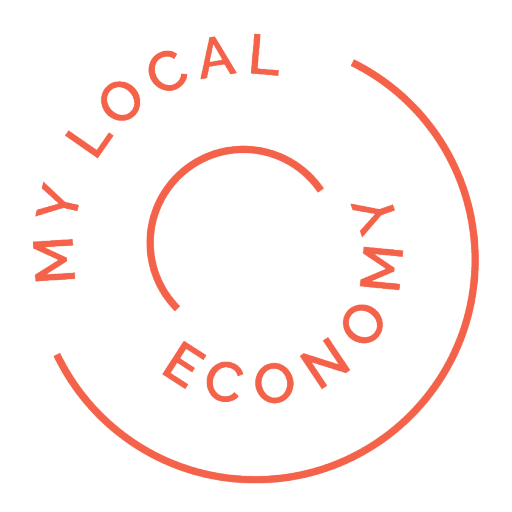This guidance note on Briefing and communicating about the economy provides some tips on how to create high impact research reports, how to brief decision makers, and how to get your work into the press.
Communications is all about keeping things audience aware and appropriate:Managers, decision makers, leaders politicians – they will never read a 300 page magnum opus, nor be interested in the finer points of methodology.
Research has more value if people are aware of it and use it. It is not much use if it sits on a shelf and never sees the light of day.
Briefings should be – high impact, have a small number of key points (3 or less), have implications for policy, have some recommended actions, and have tactical recommendations for your organisation (this economic partnership’s recommended position is…)
Briefings should not – have no point to the briefing – “we did some research, for no particular reason, and found nothing particularly interesting”; be full of jargon, technical language, dense text, waffle…; be unfocused; have a large number of points (hint: keep to 3 to 5 main points); have lots of unrelated points, conclusions, implications; have no clear implications / what we might need to do differently; or be “for information only”… this will be relegated to the bottom of the pile for the average busy senior manager or leader.
Create high impact reports by:
- Writing in clear english
- Create a tight summary of each chapter (a chapter summary)
- Use the chapter summaries to craft a report exec summary
- Use the exec summary to start the briefing
- Create a discipline of drawing out the key points in a succinct way
- Discuss and shortlist the policy implications with colleagues
- Write the conclusions first, making directive statements, and then provide the evidence to back them up
- Put detailed data tables and evidence in seperate appendices if you have to publish them
Writing style – vocalisation helps produce simplified, effective messages and meaning
- Imagine you are giving a briefing to a government minister – what three things would you want to say in person about your local economy to a minister?
- Brief in person – think about how you do it, and the sorts of questions you should be prepared for. Could you put an ‘in person’ briefing on paper?
- Vocalise – imagine the briefing is verbal, in person – this is the most accessible and succinct way of briefing
Creating press-friendly reports and activities
To create a report that is going to appeal more to journalists you need to have:
- A good executive summary, written for non-experts
- Some insightful, bold headlines and messages
- Use examples to illustrate a point – examples that the public can relate to
- An engaging style of writing
- Simple, powerful graphics
